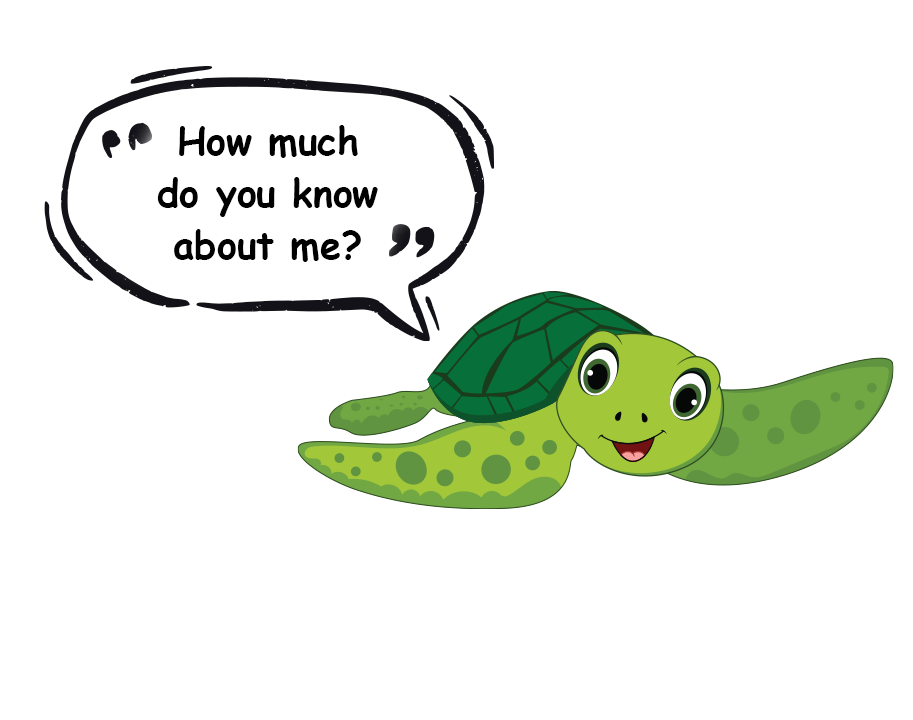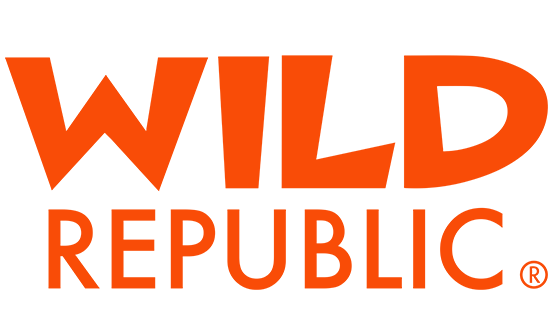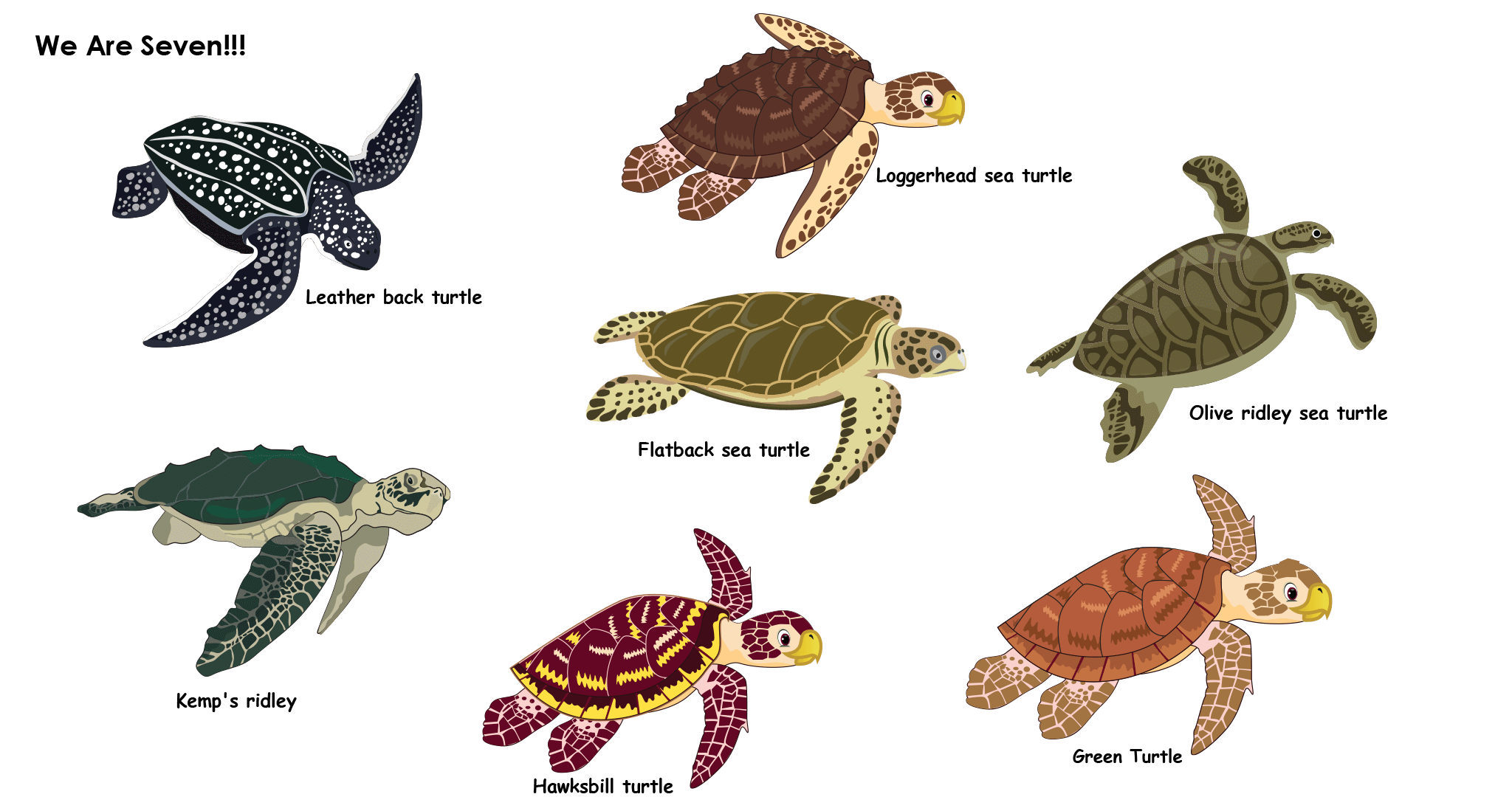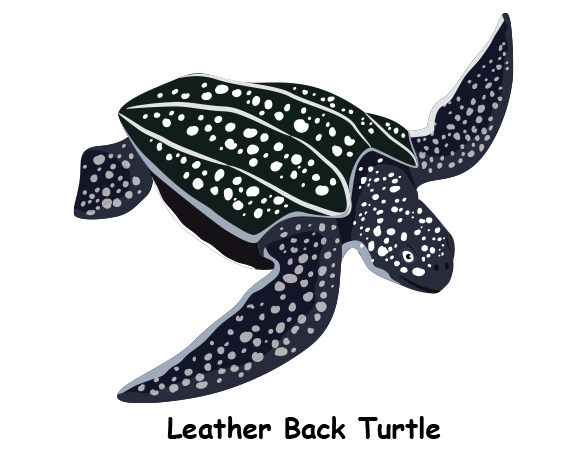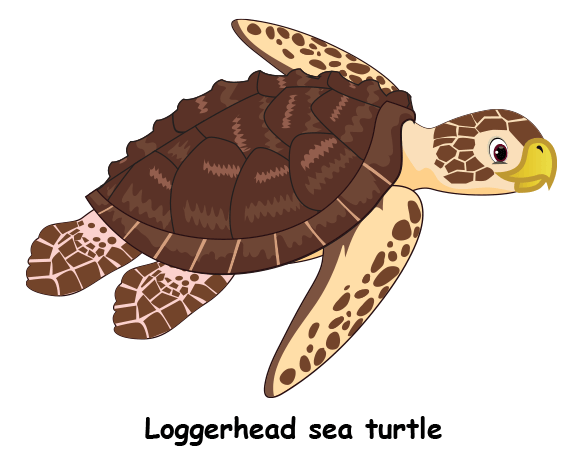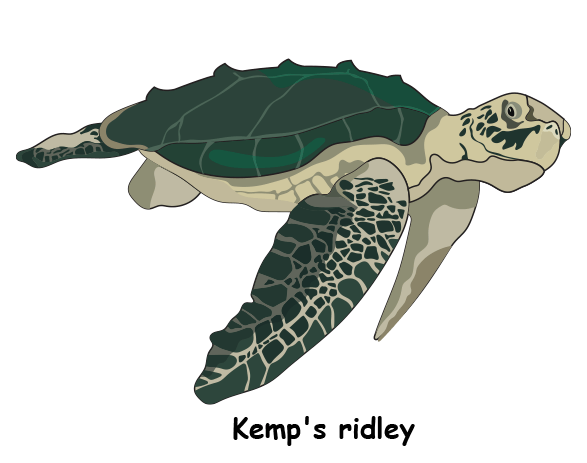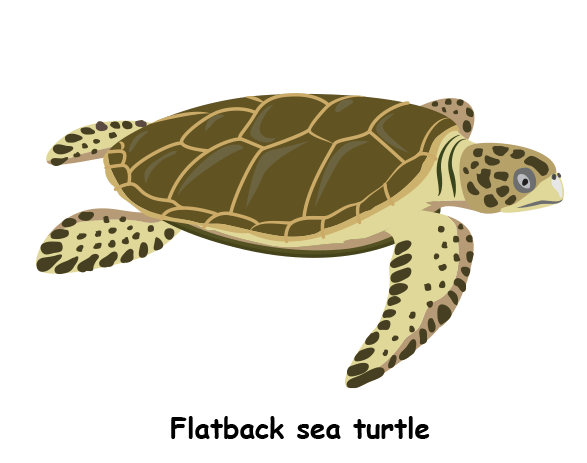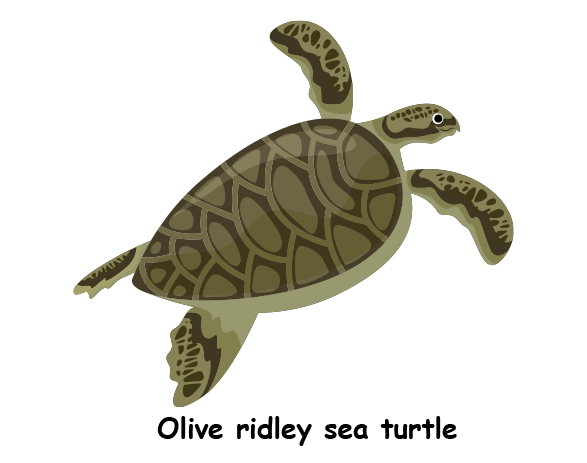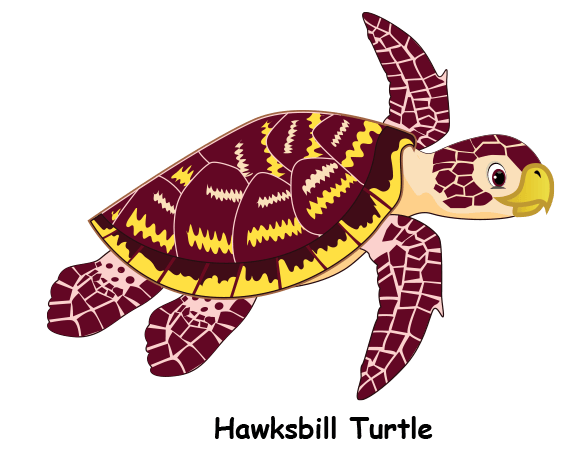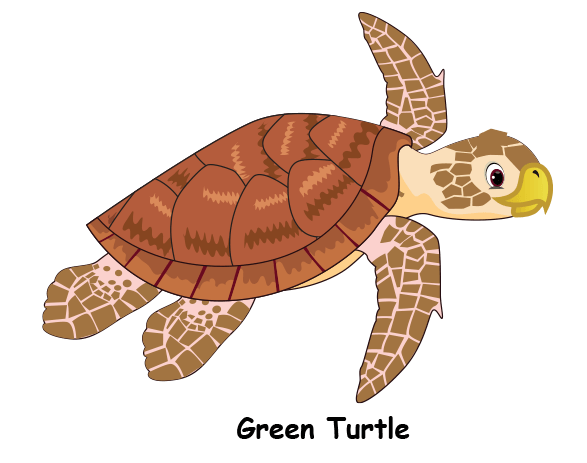
My home
We belong to the superfamily Chelonioidea, also called marine turtles. We are reptiles of the order Testudines. Depending on our shell, we can be separated into two categories; hard-shelled (Cheloniidae) and Leather-shelled (Dermochelyidea).
You can find us on the continental shelves of all oceans except near Polar Regions. However, my brothers, the Flatback sea turtle can be found only on Australia’s Australia‛s northern coast and the Kemp‛s Ridley in the Gulf of Mexico and along the East Coast of the United States.
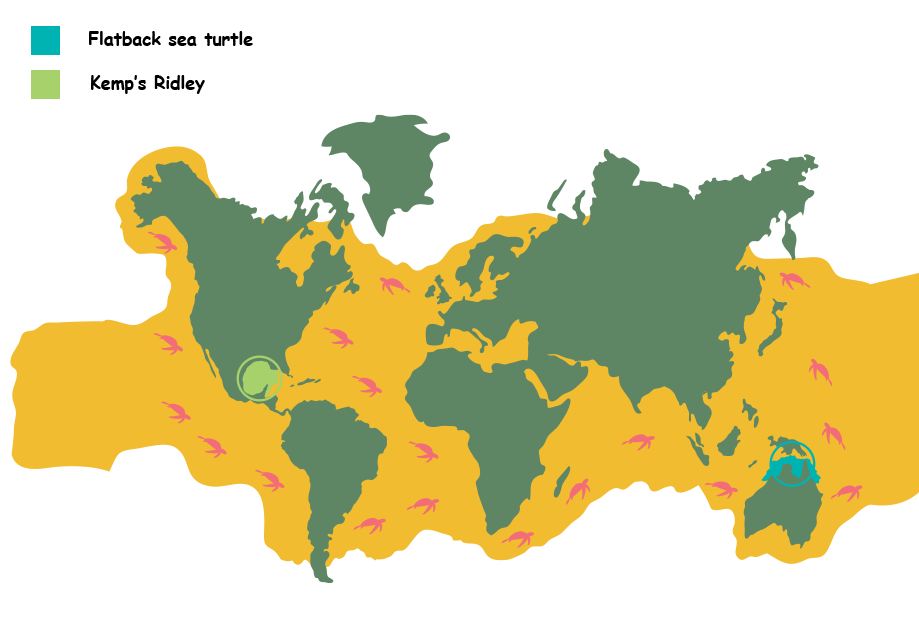
Our sizes
The Olive Ridleys are the smallest and Leatherbacks are the largest in our family.
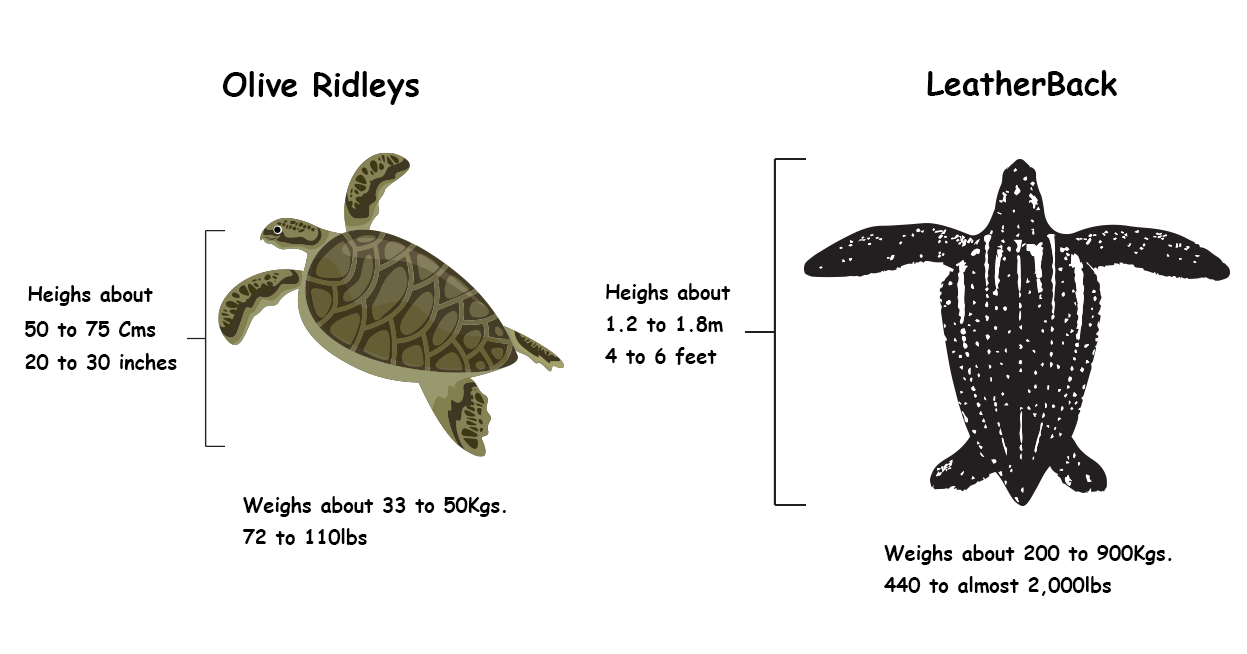
Large upper eyelids
We have large upper eyelids that protect our eyes. We do not have an external ear opening and we don‛t have teeth. Adult males have longer, thicker tails than females.
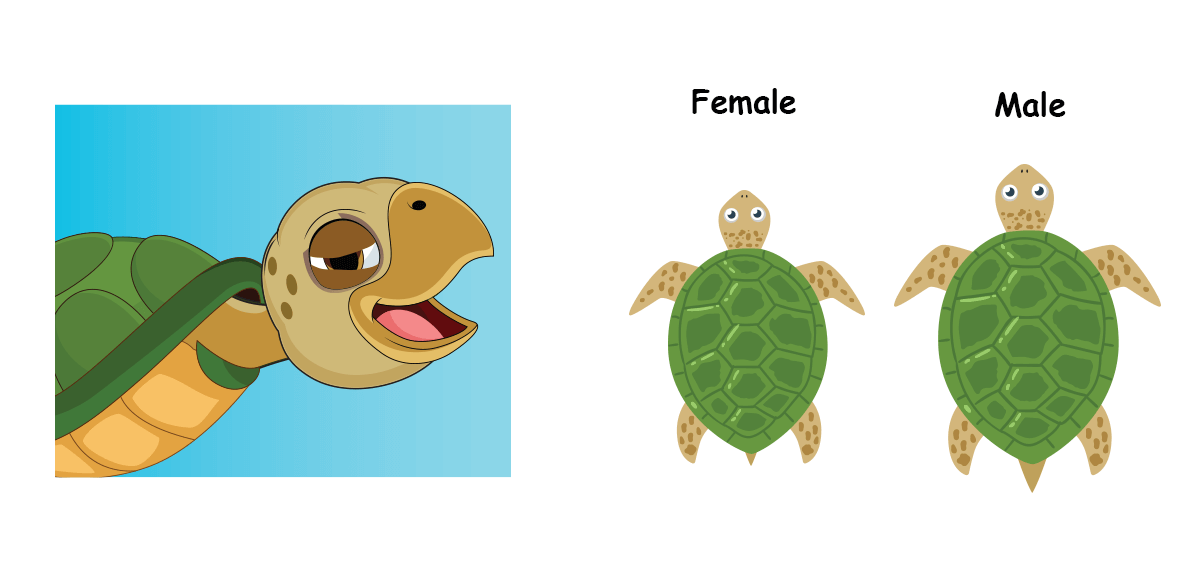
Difference between Tortoise and Turtle
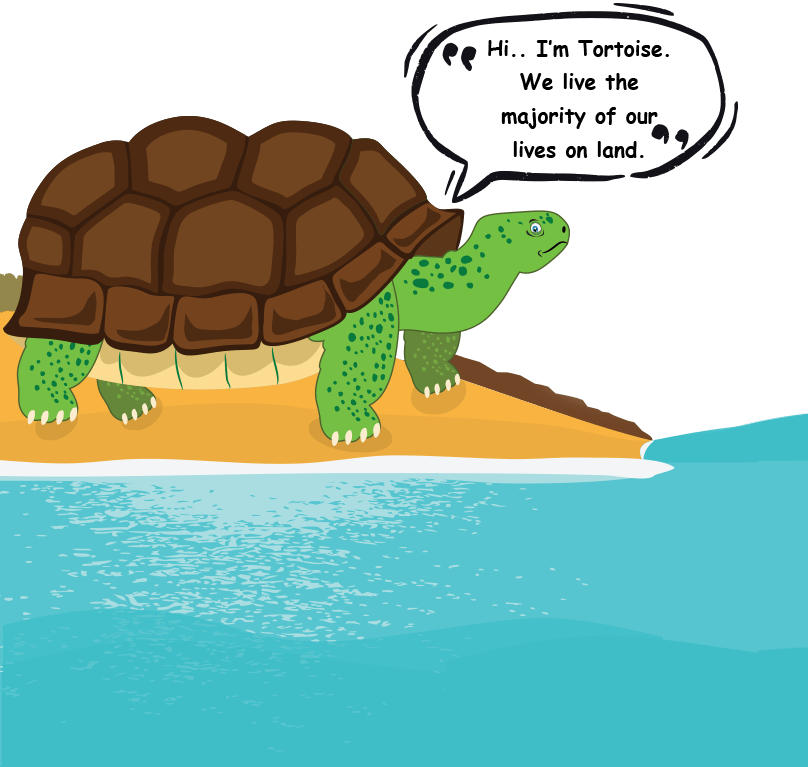
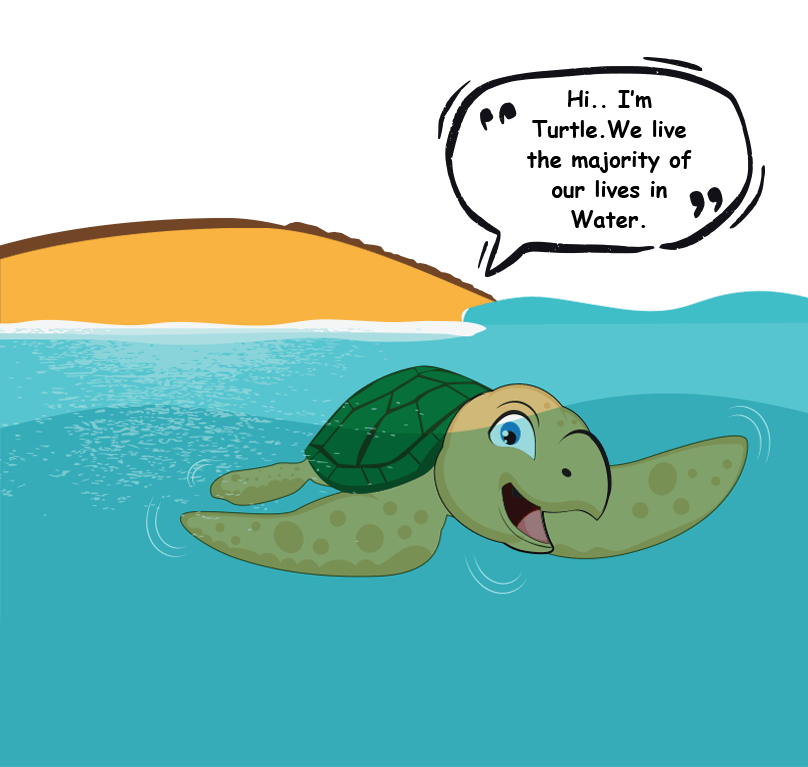
We are foodies!
The loggerhead, Kemp’s Ridley, Olive Ridley, and Hawksbill sea turtles are omnivorous. Yum.. Yum.. Yum..!Major food items include decapods, sea-grasses, seaweed, sponges, and mollusks such as squids, cnidarians such as jellyfish, echinoderms such as starfish; worms and fish.
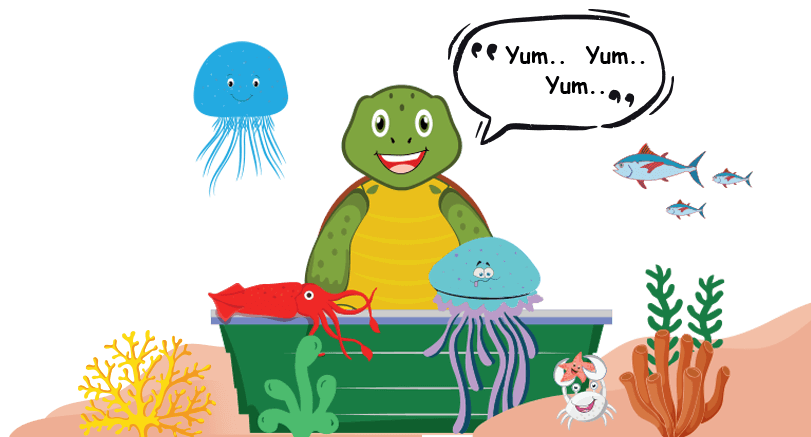
We can hold our breath underwater!
When we are active, must swim to the ocean surface to breathe every few minutes. When they are resting, they can remain underwater for as long as 2 hours without breathing.
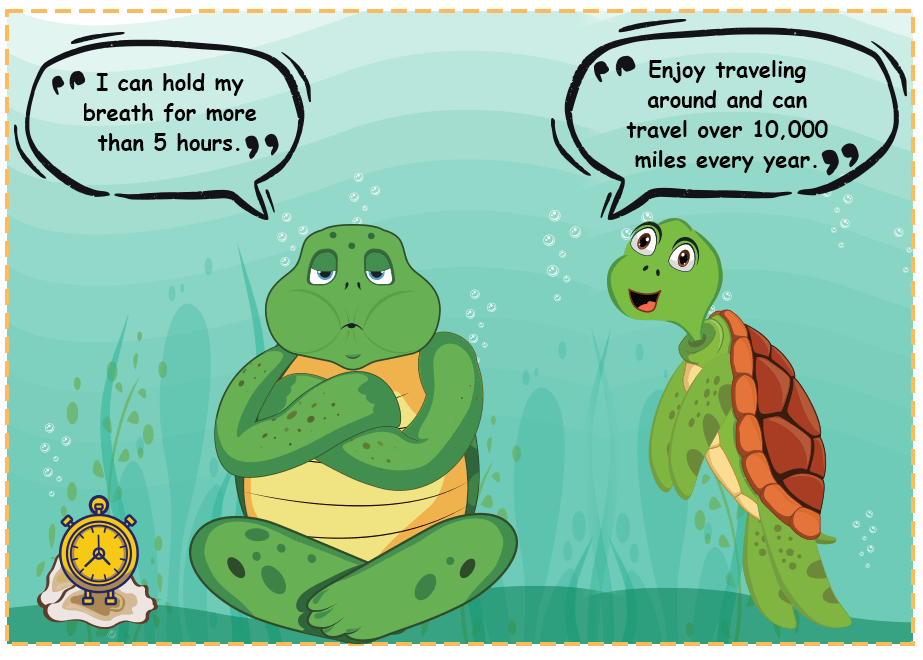
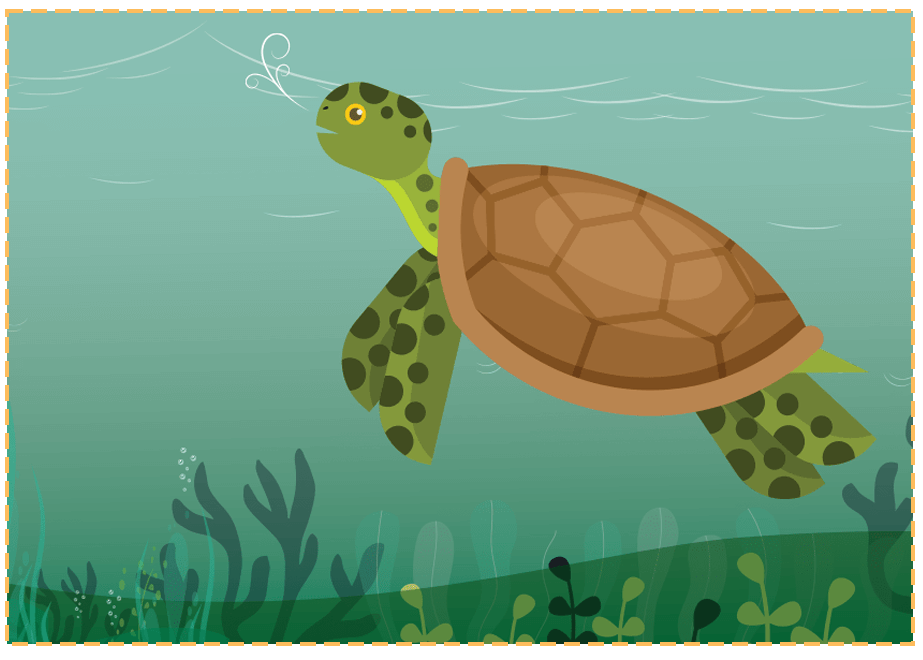
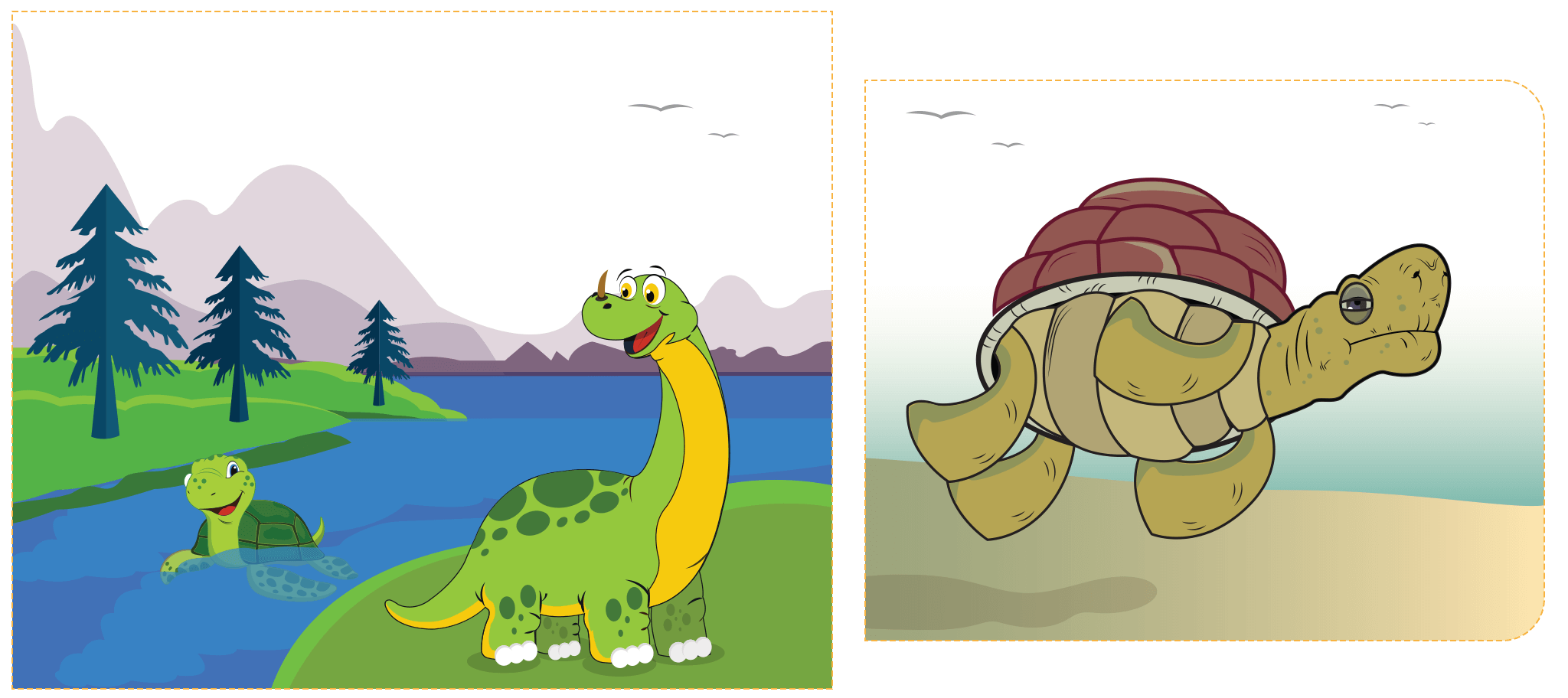
We live long
We are among the oldest reptiles and are here since the times of dinosaurs! Yes! Over 200 million years have passed!
We live long, up to 50 years or more and have a similar lifespan to humans! The most consistent estimate says that our average age is about 80 years. those that think we lives 150 years are thinking of land-turtle, not sea-turtles.
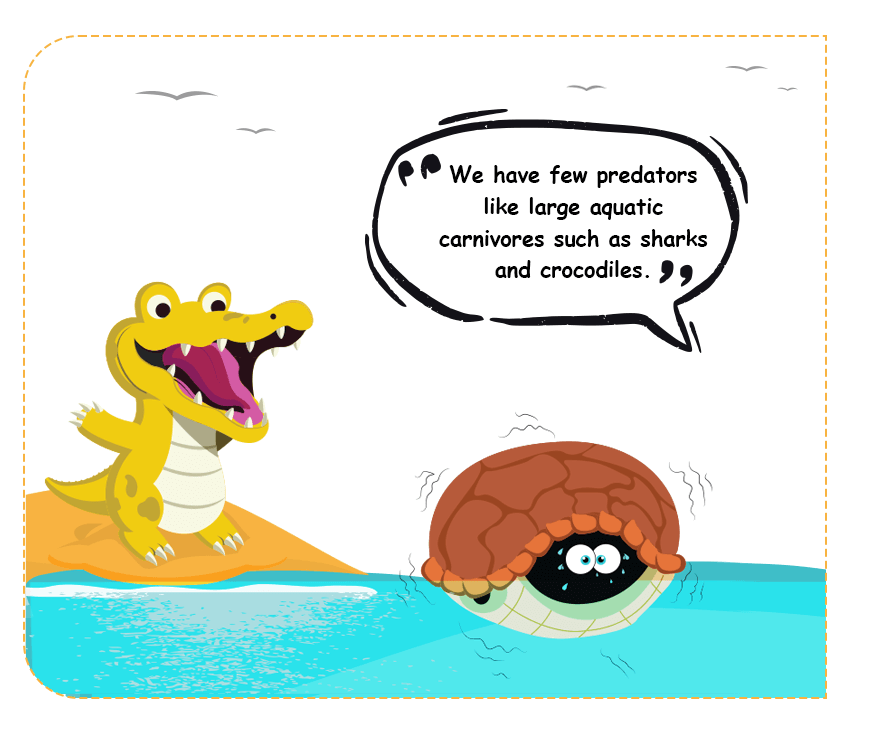

Please don’t pollute the water
Sometimes we are caught in a net during fishing. You know that we need oxygen for survival, for that, we have to surface. If caught in a net, we can’t come to surface and therefore, drown. Other major threats include Light pollution from beach development, Oil pollution, marine debris and climatic changes. I will tell you in detail about them later. Untill then, please don’t pollute the water and beaches so that we can live happily here.
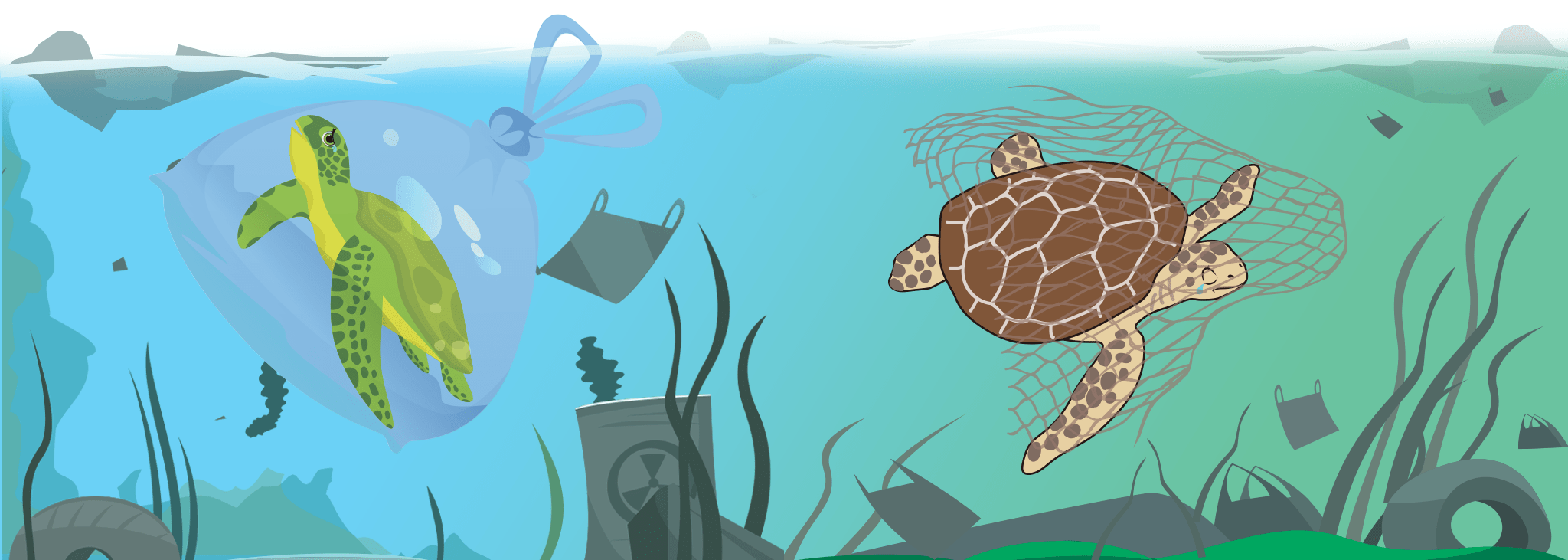
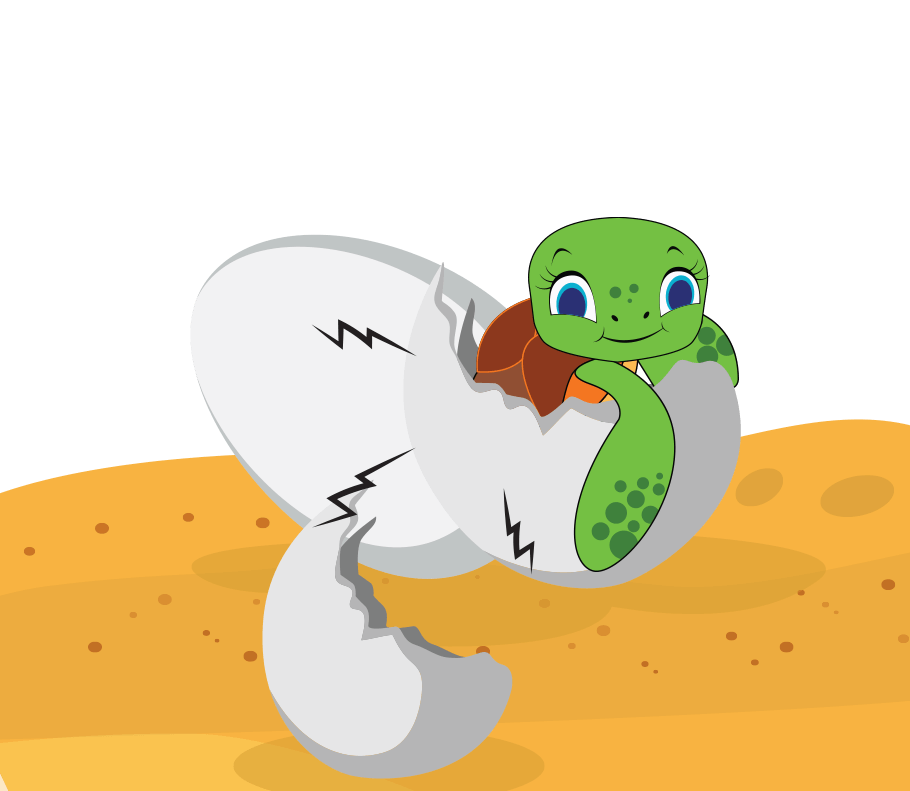
Temperature for newborn
We lay eggs that are round in shape on beach sand. Female sea turtles lay about 150 eggs at a time and these eggs resemble tiny balls.
Please use nature..
Its every resource wisely so that it will be available to your future generations and ours. By doing so, you ensure a good life and future not only for us but for yourselves too…
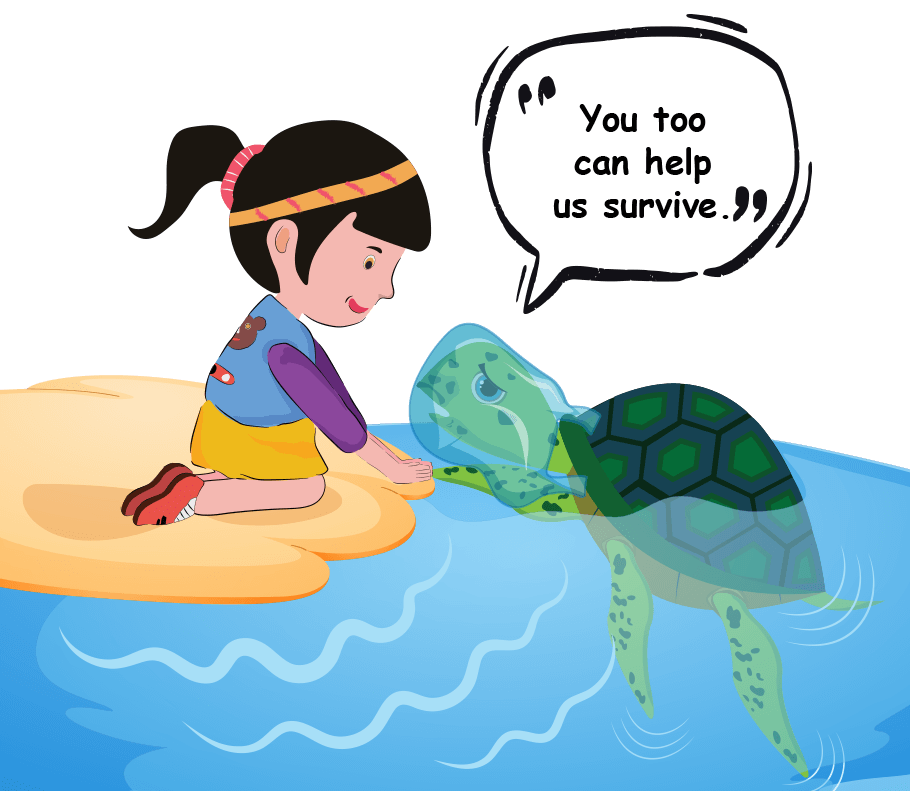
QR Book Sea Turtle
